Homeowner Newsletter: Summer 2019
©2019 Jeffrey C. May
I often say to clients, “identify the problem first before throwing a solution at it.” This may seem obvious, but I’ve spoken to people who have spent thousands of dollars on remediation efforts that didn’t remove the source of the problem. I always recommend, therefore, that before committing to remediation work, people hire an experienced indoor-air-quality professional who understands basic principles of physical science as well as building science. Spending the money in this way can save thousands down the road, believe me.
A couple once hired me because their toddler had been diagnosed with asthma. They had already spent thousands of dollars remediating their attic, but their son still experienced health symptoms. It ended up that he played on a small antique rug that the couple had inherited. The rug was full of mold growth; every time the child moved around on the rug, he was exposed to spores. They got rid of the rug, and the child’s symptoms diminished.
In this article, I am going to share some relatively easy and inexpensive steps that you can take that will go a long way in helping you keep your home free of allergens and irritants.
- Soil can contain mold or even lead dust, so ask guests and family members to remove their shoes upon entering your home.
- Put a waterproof dish under indoor plants. When watering the plants, avoid mold growth by being careful not to spill water, especially on a carpet. Remove moldy leaves from the soil.
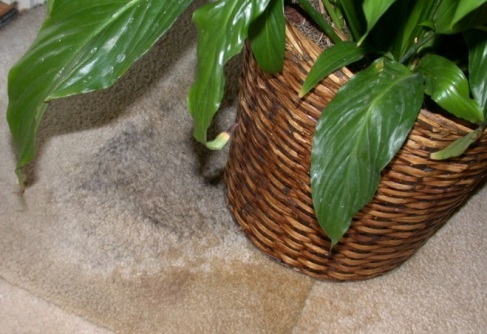
- Jar candles produce a lot of soot particles, which are unhealthy to inhale (and which, by the way, can also cause ugly staining on walls and ceilings). Use tapered candles instead, but don’t put the candles near airflow such as in front of an open window. This will disrupt the flame, resulting in the emission of soot particles.
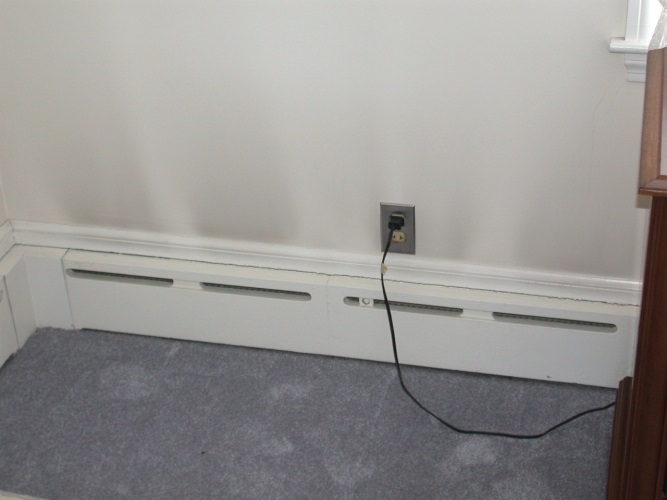
- Not to be indelicate, but remember to close the toilet lid before flushing to minimize bioaerosol (airborne particles from living things like bacteria and viruses).
- Leave the bathroom door open and exhaust fan running for an hour or two after showering. This will help minimize mold growth on the ceiling and walls. Use a squeegee to direct water from the shower walls into the drain. Operate an oscillating fan to speed up drying of surfaces.
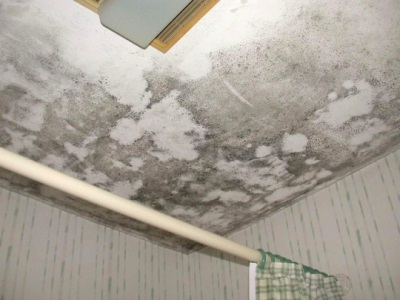
- I often find mold growth on the bottom of toilet tanks. Such growth can be removed using a dilute bleach solution (one part bleach to ten parts water) or any suitable cleaning product.
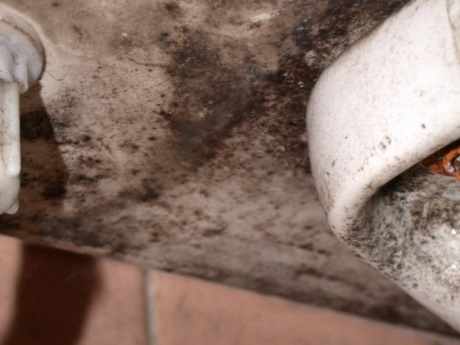
- Don’t leave your car running in an attached garage, or combustion gases can flow into adjacent spaces such as a bedroom or playroom above the garage or your kitchen next door.
- If you have a gas-fired fireplace, be sure that it vents to the exterior.
- Appliances that produce airflow can spread contaminants. Clean your refrigerator drip tray at least once a year. If the tray is at the bottom, remove the tray for cleaning. If the tray is behind a panel in back, you may have to just do your best to clean the tray in place. If your refrigerator has an automatic ice maker/water line, be careful not to disconnect the line if/when you move the appliance for cleaning.
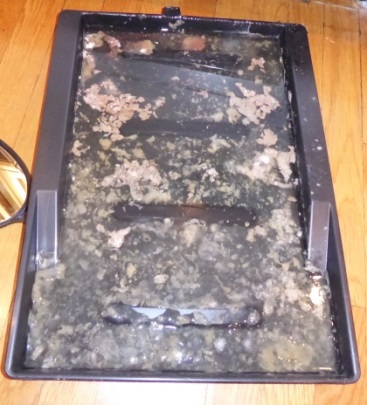
- Depending on what kind of heat you have, HEPA vacuum baseboard heating convectors, radiators or the “boots” under hot-air registers to get rid of allergenic dust before turning the heat on for the first time in the heating season.
- If you have hot-air heat or central air conditioning, use a pleated media filter with a MERV rating of at least 8; for families with allergies and asthma, a MERV rating of 11 is preferable. Be sure that the filter holder is airtight to prevent air bypass.
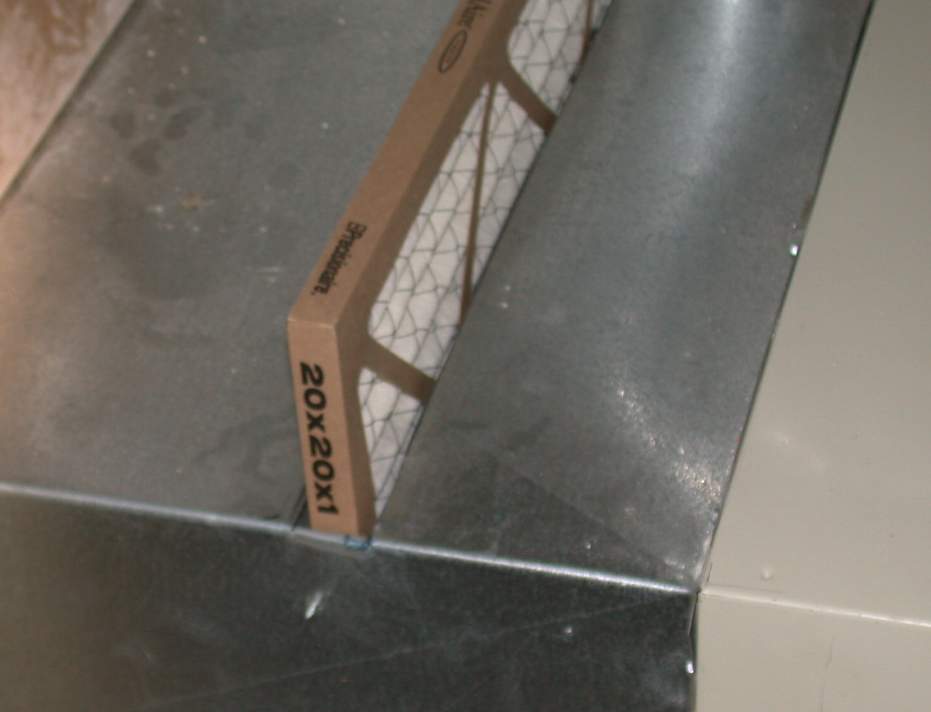
- If you have portable air conditioners, clean the inside before using them for the first time in the summer. There should never be any dust on the cooling coil. Upgrade filtration if possible (www.webproducts.com).
- If anyone in your family is allergic to dust mites, put dust-mite encasings on all mattresses and bed pillows as well as box springs if present. Unless the mattresses, bed pillows and/or box springs are new, use the kind of encasings with polyurethane liners. Don’t ever remove such an encasing, or dust-mite allergens that are present can be released into the air. If you feel you must wash such an encasing now and then, install two encasings, and only remove the outer encasing for cleaning.
- If you or anyone in your family is sensitized (allergic to) mold, avoid laundry detergents that contain enzymes (which include protease, amylase, cellulase, and “stain lifters) – even if such a product is “organic.” Such enzymes are similar in structure to the enzyme that bacteria and mold produce. Unless you wash in very hot water and dry in a hot dryer, residues of the enzymes remain in the fabric, and then you are breathing the residues when you move your body. You are also exposing your skin to the residues in your clothing and even bedding.
- Avoid fragranced laundry, cleaning and body products. Fragrances are chemicals and using such products just adds to the chemical load in our indoor air.
- Front-loading washing machines are prone to developing mold-growth problems. If you use such a machine, clean the interior as well as the bottom (near the drain) of the door gasket now and then with dilute bleach or any suitable cleaning product. Keep the door and laundry-detergent drawer open between loads.
If after following this advice, you or someone else in your household is still experiencing symptoms while in the house and feels better when away from the building, then I encourage you to hire a professional indoor-air-quality professional to inspect your home.
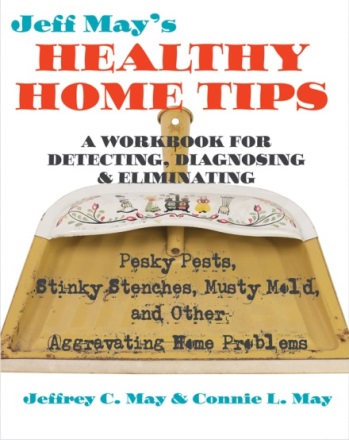
Our book Jeff May’s Healthy Home Tips (available on amazon.com) is a workbook that organizes tips around specific areas in your home. The book also includes space for you to take notes as you make progress in your effort to live in a healthier indoor environment.
See my monthly column “May’s Ways” in the magazine Healthy Indoors: Improving Your Indoor World, available on-line and in print (https://healthyindoors.com/).
